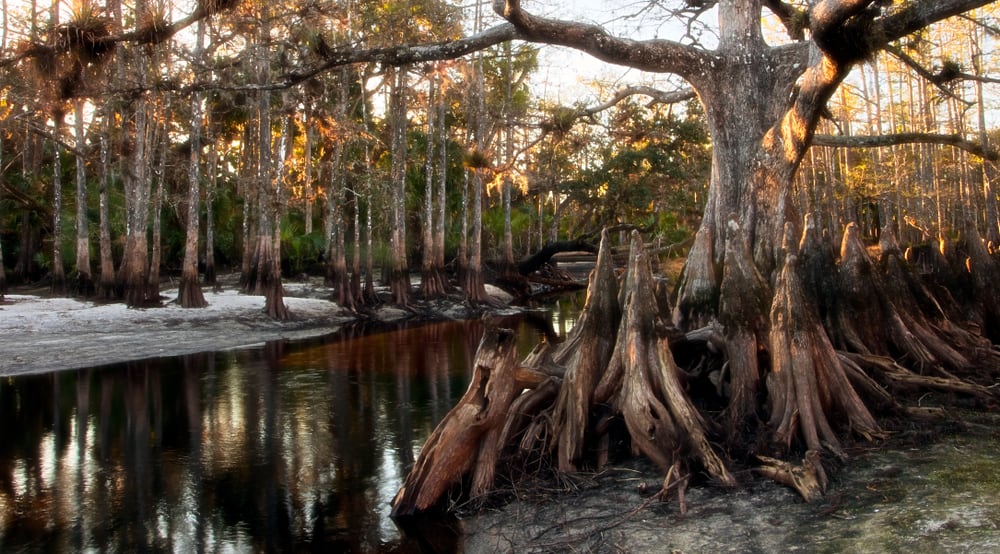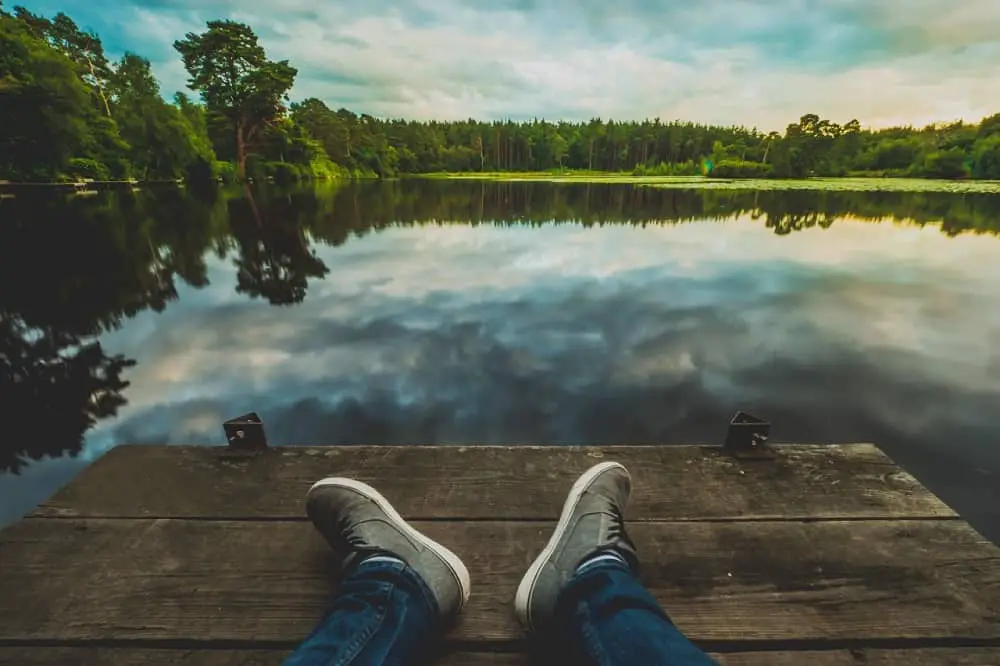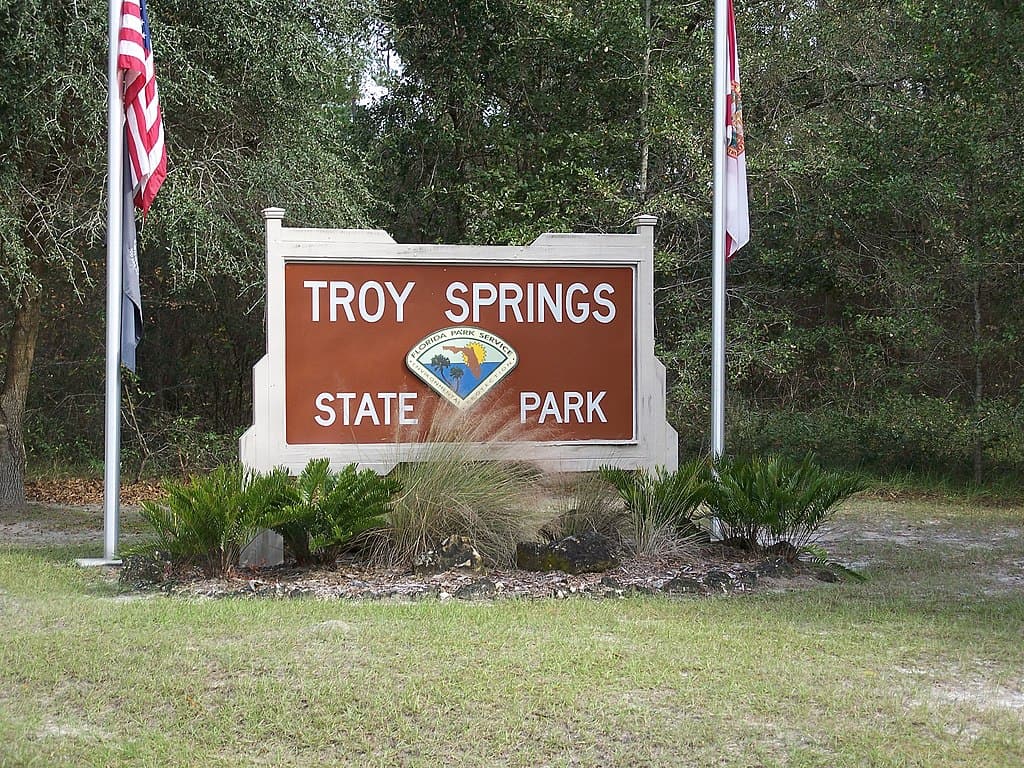Florida has a lot of hidden away gems that tourists may not know much about. Do you know about Fisheating Creek Florida? Well, it is the best place for tourists. With so many things to see and do, it’s easy to see why tourists flock here from all over the world every year.
Fisheating Creek is a wild water stream in South Florida that drains into Lake Okeechobee. Until two years ago, it was mostly private property. In the last couple of years, the state of Florida declared the stream a Florida Trails route.
It’s a great place to live if you like the outdoors. There are lots of wildlife and beautiful scenery. Fisheating Creek is building a new convention center that will bring in lots of tourism.
If you are considering paddling Fisheating Creek, camping at the Fisheating Creek Outpost, or watching wildlife, then this article is for you.
It will teach you all about the activities and sights available in and around this famous Florida creek. Also, you will learn about how to prepare for your paddling adventure.
Join me on an expedition to Fisheating Creek Florida and check out their tourism, attractions, and activities.
1. Why is it called Fisheating Creek?
In the early 1800s, native Floridians paddled this creek. The area was first explored by the Army. The area is located in Highlands and Glades counties.
The Lykes family owned the property until the 1980s. In those days, Fisheating Creek was the community’s hub, hosting weddings, funerals, and other events. Many residents made their living by fishing.
The name Fisheating Creek derives from the ancient Native American word ‘Creek Thlothlopopka-hatchee’, which means “stream where fishes are eaten”.
The Belle Glade people constructed earthworks along Fisheating Creek’s banks around 1000 BCE. In addition to fishing, they also harvested turtles, snakes, and alligators for their diet.
The creek was a popular transportation route, and it served as a highway for canoes.
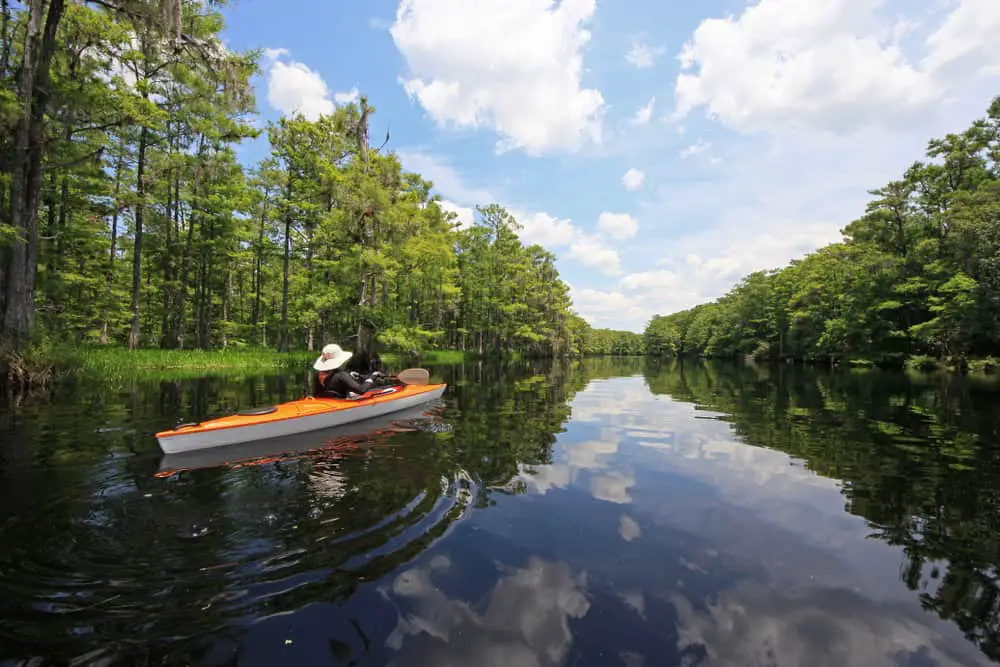
A major reason why the stream is called Fisheating Creek is because it flows through a wide variety of habitats, including freshwater marshes, hammocks, bottomland forests, and floodplain swamps.
Human activity has resulted in the introduction of agricultural lands, such as eucalyptus plantations.
The creek, which was once considered a tortuous river, is now maintained artificially at a lower level than it was in the nineteenth century, despite human interference.
Agricultural land has been incorporated into the creek’s drainage system. The Herbert Hoover Dike almost completely surrounds Lake Okeechobee.
The area surrounding Fisheating Creek was owned by the Lykes Brothers for many years. Their father, Dr. Howell Tyson Lykes, began exporting cattle to Cuba in the 1880s.
The family subsequently went into business together, establishing Lykes Brothers Inc., the largest meat packer and cattle producer in Florida. They were successful in their legal battle, and the Fisheating Creek Wildlife Management Area was established.
The wilderness surrounding Fisheating Creek WMA is a haven for birdwatching. The pristine cypress swamp offers views of herons and egrets without binoculars.
In summer, you can also see Swallow-tailed kites wheeling overhead. The trees and bushes around the creek are also home to a subpopulation of black bears.
In 1999, the Fisheating Creek was declared public property. Before the creek became public property, many residents had battled over access and maintenance of the area. In the past, lawsuits and recriminations ensued.
Now, all parties involved have agreed to stop preventing public access to Fisheating Creek.
The controversy may even spread across the entire state of Florida, where hundreds of other Fisheating Creeks can be found.
2. How Deep is Fisheating Creek?
The answer will surprise you. It can be 25-32 feet deep and runs 73.7 miles. Whether it is navigable is a decision that needs to be considered. The water depth is determined by the current flow.
You can paddle upstream or against it, depending on your preferences. If you’re unsure of what depth you’ll need to travel to, read on for more information.
The Fisheating Creek Campground Resort’s ramp opens onto a shallow sand and mud lake. The water is clear with a deep brown tint from tannin.
When the water is only two feet deep, it’s almost impossible to see below. The bottom of the lake varies from white sand to dark muck. The water is generally firm, and the shoreline is steep, making swimming challenging.
The creek drains water from Highlands County to Lake Okeechobee. Until two years ago, it was mostly private property. Since then, it has become part of Florida Trails.
Several miles of the creek meander through prairie and cypress forest. The water level has been artificially maintained below pre-Civil War levels, but efforts are underway to restore the upper section of the creek to its natural state.
In the 1880s, the Lykes brothers owned much of the land surrounding the creek.
Today, the creek is a popular place for picnics and weddings and has been used for both subsistence and recreation by local people for centuries.
3. Paddling at Fisheating Creek
If you’re looking for a serene Florida paddling trip, consider a paddle on Fisheating Creek. This is surrounded by cypress trees and offers an inviting, caffeinated-hue setting.
You can choose from two trips to complete your trip – one on the lake and one on a shorter creek loop.
You’ll also pass gators, herons, egrets, and anhinga as you paddle.
You can paddle or kayak along the creek for hours, admiring the landscape while you soak in the peaceful serenity of nature. There are direction signs and mile markers along the way.
Paddle along the narrow creek for eight miles or more, passing towering cypress trees and a variety of birds. While it’s not recommended for swimming, the stream becomes narrower and faster as you go upstream.
Be sure to return your completed Fisheating Creek Outpost Waiver before you set off on your trip.
You’ll have to arrive at least 30 minutes before your scheduled departure time.
While fishing and paddling are popular activities, the park also offers hiking and camping opportunities. You can stay at the campground or camp on the creek, hike along the trail and watch wildlife.
During the summer, you can see swallow-tailed kites gathering in the area.
Fisheating Creek is part of the Great Florida Birding and Wildlife Trail, so you’ll have the opportunity to enjoy the natural beauty of this area year-round.
You can visit Gatorama, an alligator park founded in 1957 to show tourists alligators.
It’s still funky Old Florida!
And you’ll have to take along a few supplies. Don’t forget a camera and some food and drink.
There’s a camp store at Fisheating Creek Outpost where you can purchase snacks and other necessities. The campground also has paddleboard rentals.
While Fisheating Creek is a popular camping destination in south Florida, kayaking and nature viewing are also available. You’ll want to plan your trip carefully and consider the weather and water levels.
You should be prepared to paddle in a wide variety of conditions, so plan your trip accordingly. You’ll be rewarded with a memorable experience.
If you plan to paddle Fisheating Creek, plan your trip between early October and early December, and you’ll be in paradise!
4. Camping at Fisheating Creek Outpost
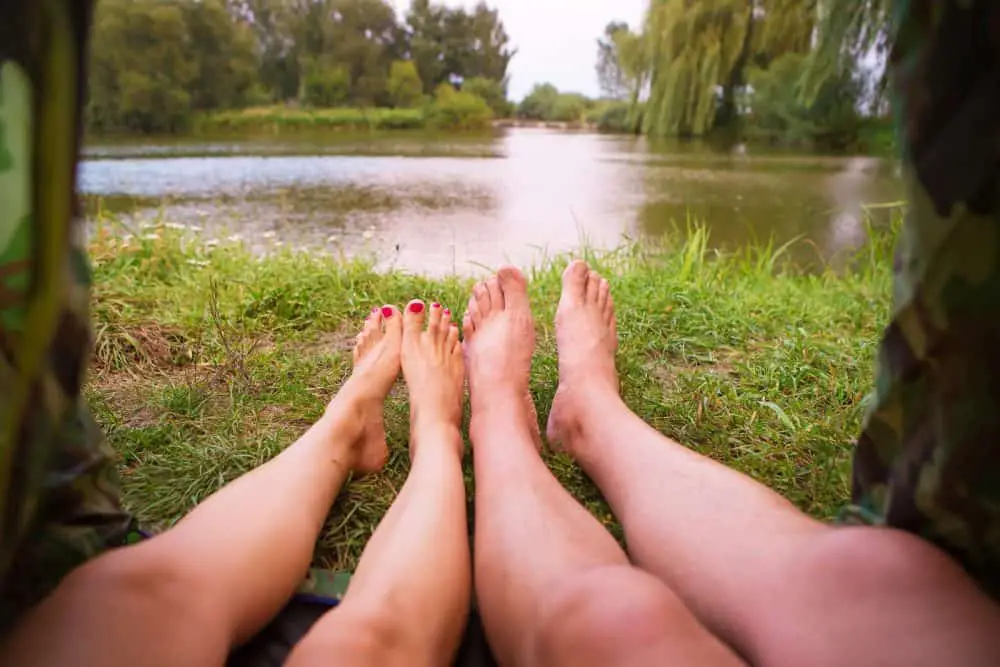
The Fisheating Creek Outpost is located in rural Glades County, Florida. Fisheating Creek is one of only two navigable natural waterways in Florida, flowing unhindered into Lake Okeechobee.
This waterway winds through cypress trees, wetlands, and ranch lands, and attracts visitors from all over.
The campground is operated under a concession agreement with the Florida Fish and Wildlife Conservation Commission.
Camping at Fisheating Creek Outpost is perfect for groups. It is situated within the Fisheating Creek Wildlife Management Area and offers 120 campsites.
There are eighteen sites with full hookups and forty-eight sites with electrical service. There is also one cabin for tent campers.
If you’re traveling with a large group, you can rent a cabin if needed. You can also search for campsites on the Fisheating Creek Outpost’s website.
The area is rich with Spanish moss, cypress trees, and alligators. Visitors to this waterway can explore wildlife, including turtles, alligators, and birds.
If you’re camping here, make sure to plan your trip accordingly, and keep in mind the weather in south Florida. The Fisheating Creek Outpost is a great destination for a kayaking trip and camping trip.
However, be sure to plan your trip carefully for water levels and the South Florida climate.
Besides kayaking and canoeing, you can also take a trip upstream on Fisheating Creek. Remember, the water levels fluctuate throughout the year.
A canoe or kayak needs at least two feet of water to paddle smoothly. The summer months are hot and humid, and mosquitoes are common. Winter months can be dry and low water levels can make kayaking impractical.
Whether you’re a nature lover or an avid fisher, you’ll find plenty of opportunities for fun in Fisheating Creek WMA. Located west of U.S. 27, this public forest offers a supervised youth turkey hunt as well as hunting.
Be aware that quota permits must be purchased in advance.
The cypress swamp and pristine waterways around the campground are a great place to go birding. The campground’s concessionaire provides a free shuttle service to the nearby cypress swamp, where you can view herons and egrets without binoculars.
Palm Warblers are common on the campsite’s boat gunwales, and Swallow-tailed Kites wheel overhead in the summer. And while Wood Storks and Common Gallinules can be heard quietly watching from the trees, there are plenty of other birds to spot as well.
5. Wildlife viewing at Fisheating Creek
Located on the west side of Lake Okeechobee, Fisheating Creek Florida offers a scenic setting for wildlife viewing.
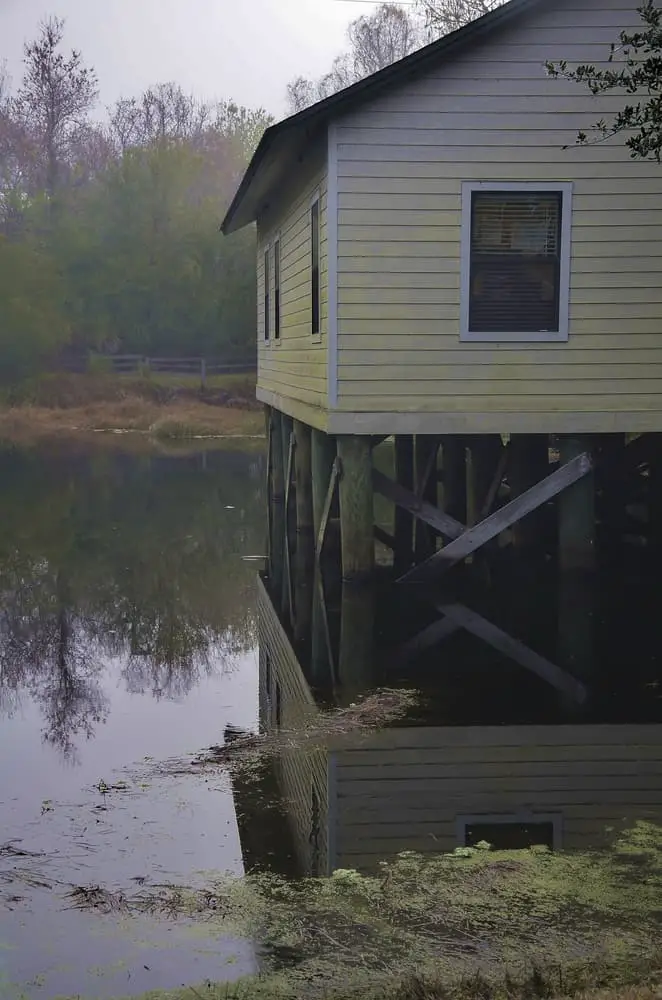
The WMA has miles of undeveloped landscape. The wildlife in this area includes bald cypress, alligator, and roseate spoonbill.
There are several spots with local lore. You can learn about them by reading the Fisheating Creek Florida Recreation Guide.
The WMA at Fisheating Creek offers visitors the opportunity to observe wildlife throughout the year. In winter, wading birds and hawks are common, as are waterfowl and white pelicans.
In the spring and fall, songbirds nest along the creek. You can also see swallow-tailed kites nesting in the area, which is home to about half of the U.S. population.
Throughout the year, you can watch these social birds hunting and interact with each other.
Another unique experience at Fisheating Creek Florida is the scavenger hunt event. This scavenger hunt event takes place in the spring. Participants of all ages complete missions in wildlife management areas and learn about the local ecosystem.
This event, called Florida WildQuest, will be held in May at Fisheating Creek. Wildlife viewing at Fisheating Creek Florida is a must-do for nature lovers of all ages.
If you are looking to see the endangered Florida panther, Fisheating Creek is the next frontier. While male panthers have been spotted in the area for several years, there have been no female panthers north of Hendry County.
Male panthers that cross the Caloosahatchee River north of this location likely do so without mates.
A subpopulation of black bears also finds refuge in the densely forested habitat associated with the creek.
6. Who Owns Fisheating Creek Campground?
The property was once home to a roost of 1,339 swallow-tailed kites. During the early 1800s, the Lykes Brothers owned most of the surrounding land. The Lykes Brothers also owned large tracts of land around Fisheating Creek. It was a popular gathering spot for many people, and the roost was the focus of many community events.
7. Are Dogs Allowed at Fisheating Creek?
One of the questions we get most often from our readers is, “Are dogs allowed at Fisheating Creek?” Fortunately, the answer to that question is a resounding “yes!”

While there are strict rules regarding the safety of dog owners and the management of wild animals, we have found a variety of ways to have fun with your four-legged friend!
You are welcome to bring your well-behaved dogs and cats. However, they must be under your supervision at all times, as long as they’re on leashes, and keep them close at all times!
You must also clean up any waste made by your pet, and be sure to keep your dogs on a leash if you bring them along. Lastly, pets are not allowed at other campsites.
You also need to keep an eye on them and are required to pick up any pet waste right away.
You also have to be considerate of other campers, as your pet is not allowed on other sites.
In Conclusion
Fisheating Creek is a beautiful wilderness area and is considered the best place for camping as it offers various wildlife, adventure, and amazing trails.
It’s important to remember that fishing and hunting are seasonal and subject to water levels. Fisheating Creek contains three major attractions such as Lake Alice, Orange Springs, and the Corkscrew Wilderness.
The whole scenery appears like a wild west show movie set.
Fisheating Creek Florida is a great destination if you are planning a fishing trip. You will surely get the ideal amount of action and relaxation.
Here you are able to enjoy the great outdoors along with water sports. So, come and take a trip to Fisheating Creek Florida this year.

